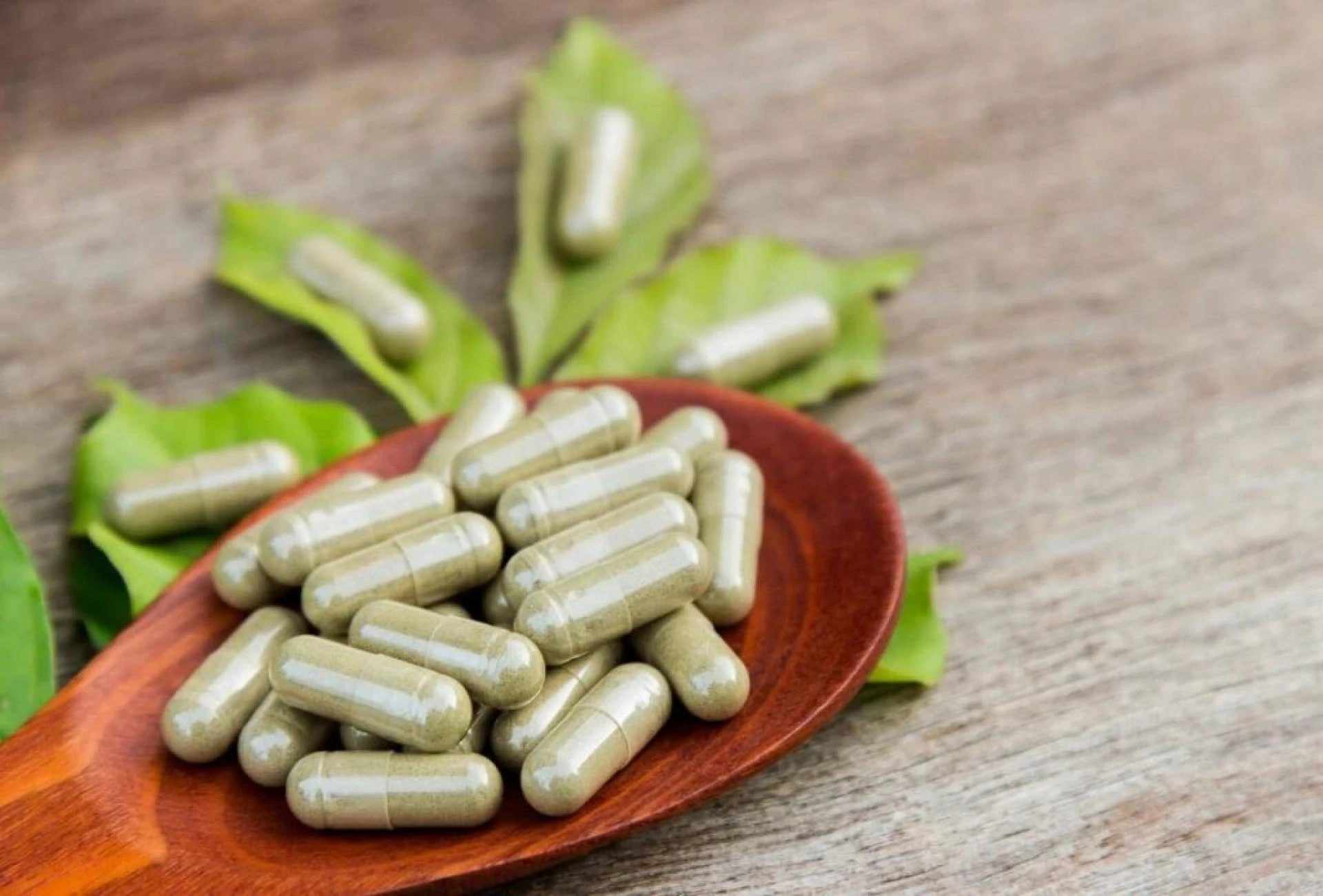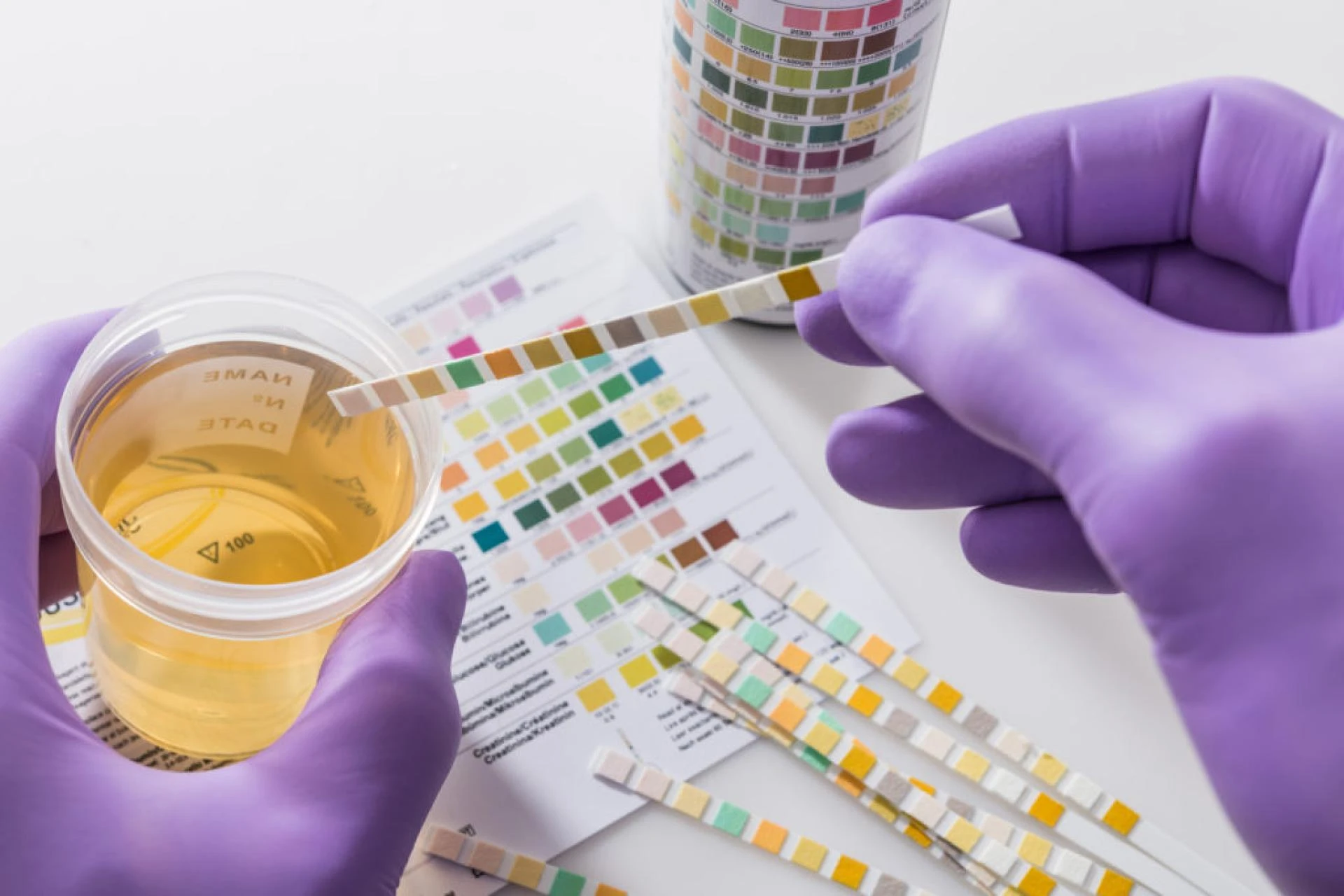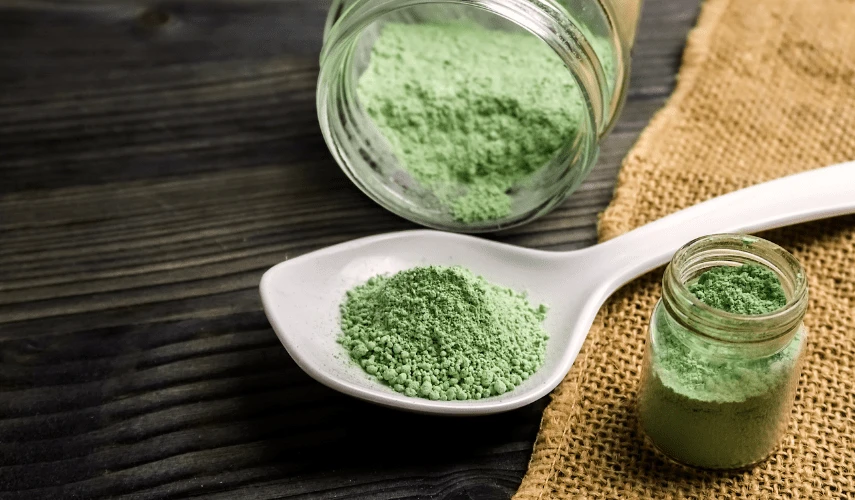Mitragyna speciosa, commonly referred to as kratom, has effects comparable to stimulants and opioids\' mechanisms of action. Its leaves contain two compounds: mitragynine and 7--hydroxymitragynine, which activate the opioid channels in the brain and produce feelings of pleasure, excessive delight, and pain alleviation, mainly when large quantities of the plant are consumed.
These chemicals operate by activating opioid receptors in the brain, namely the mu and delta-opioid receptors. This causes a series of alterations that work to block pain signals while also producing opioid-like effects such as pleasure through the release of dopamine, sedation, etc.
Kratom is becoming more popular as a form of self-medication. Because of its many health advantages, It is being marketed in select states and sites like Kratom Caps and Save on Kratom. However, it is not authorized as a medicine in the United States.
That is why it is critical to understand its method of action in the body and the Kratom half-life. Some people worry about whether it may be detected by drug testing. And it\'s critical to be aware of Kratom\'s false-positive potential to be prepared for such a test result. Worry no more since we\'ve put up a guide on how long kratom lasts in one\'s system in this article.
How Long It Takes For Kratom To Work
[caption class="snax-figure" align="aligncenter" width="1140"] [/caption]
[/caption]
The effects of usage usually begin to manifest 10-15 minutes after ingestion. If the medication is applied on an empty stomach, the best effects may be seen after 40 minutes. After a big meal, it will take between 60 and 90 minutes to begin functioning. Also, if the medication is taken as a capsule, it will take longer to notice results since the capsule must dissolve in the abdomen.
How Long Kratom Last
The impact length is determined by the dose, strain, age, gender, tolerance, and a variety of other variables. It may last just 2 hours on the short end, but it may occasionally extend up to 8 hours. It is essential to note that the duration of the effect has no bearing on Kratom half-life and how long it remains in the body, nor does it affect the duration of kratom withdrawal.
Half-Life of Kratom
Because there hasn\'t been much study done on kratom, the half-life isn\'t fully known. It has only been thoroughly investigated in animals. However, based on previous studies, it is thought that the primary alkaloid contained in kratom, mitragynine, has a half-life of about 23.24 hours.
According to the data, it would take a whole day for someone to remove half of the kratom in their system. Based on this half-life data, kratom would take slightly over five days to be removed entirely from the system.
According to current studies, the quickest half-life of kratom alkaloids may be a little over two hours, putting complete elimination at about a half-day. On the lowest end of the half-life range, however, it may take up to nine days to remove all kratoms from a person\'s system.
How Long Does Kratom Stay In Your System?
How Long Kratom Stay in Your Urine
[caption class="snax-figure" align="aligncenter" width="1140"] [/caption]
[/caption]
Urinalysis is the most often used technique for determining the presence of this herbal supplement in the system. The urine kratom drug test may identify particular alkaloids and provide a positive result even after a week of use. The test can identify trace levels for the typical user for five days following use. Avoid giving the herbal supplement for two weeks or refrain from its intake entirely to prevent a bad outcome.
How Long Kratom Stay in Your Blood
Because the chemical can readily be detected in blood, this kratom drug test is used to determine whether or not someone has consumed the supplement and how much. A blood test for drug detection is unusual. However, for more accurate results, you should take it during the first 24 hours after ingestion.
Levels of intoxication are 100 ng/ml or more significant. Mitragynine concentrations in plasma often surpass 300 ng/ml for detecting an overdose through blood screening. Because blood screening has a limited detection window, ranging from a few hours to several days, urine testing has grown popular.
How Long Kratom Stay In Your Saliva
There is no current information regarding lab-tested Mitragyna speciosa that may be detected through a saliva drug test. However, there is the potential of detecting its metabolites in the patient\'s saliva.
How Long Kratom Stay In Your Hair
Like many other medicines, hair follicles may be utilized to detect whether a person has recently taken a drug. Hair screening is likewise rare; nevertheless, hair follicle studies offer a 90-day detection window. There is currently no proof that you can use hair for a kratom drug test or that the compounds found in Mitragyna speciosa are detected in hair.
Kratom Probation Drug Test
[caption class="snax-figure" align="aligncenter" width="1140"] [/caption]
[/caption]
When Mitragyna speciosa is prohibited or illegal in some places, probation officials may request that it be tested for on drug tests. Taking it or any other psychoactive drug may also be prohibited as a probation condition imposed by the court. Using this herbal supplement is dangerous since certain probation officials may request a specific kratom drug test or discover it during a random house check, resulting in incarceration.
Kratom Military Drug Test
The Department of Defense forbids the use of Kratom as a dietary supplement (DoD). Military drug screening is typically performed for the most prevalent substances, with no thorough testing. The chemical will not pass the standard DoD test. However, Military Service Members are advised not to consume any items containing this drug. It is prohibited for the United States Air Force and Navy.
Kratom False Positive
The cut-off level in drug screening is the smallest quantity of component concentration required for a positive result. Because the level is below the cut-off, a negative result does not always imply that the test is drug-free.
The findings of lab-tested Mitragyna speciosa obtained from conventional testing may not reveal mitragynine or the other alkaloids contained in the material since these tests are not designed to identify this kind of drug.
Nonetheless, if kratom is combined with other supplements or medicines, a false-positive result is possible. In imitating one of the opioid methadone\'s metabolites, 2-ethylidene-1, 5-dimethyl-3, 3-diphenylpyrrolidine, the plant may produce a false-positive result (EDDP). As a result, before administering a methadone drug test, the usage of Mitragyna speciosa should be investigated.


